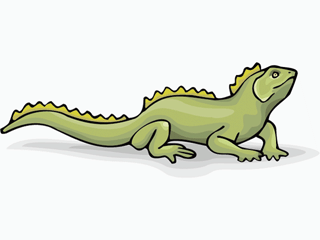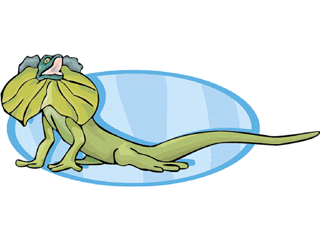
Which of the following pairs is most closely related.
a. snake & chameleon b. snake & alligator
a. hawk & sparrow b. hawk & eagle
a. komodo dragon & alligator b. alligator & crocodile
a. sparrow & flamingo b. sparrow & dove
a. turtle & tortoise b. turtle & alligator
a. gila monster & copperhead b. copperhead & cobra
a. tuatara & chameleon b. chameleon & gecko
 Chapter
35 Review Guide
Chapter
35 Review Guide